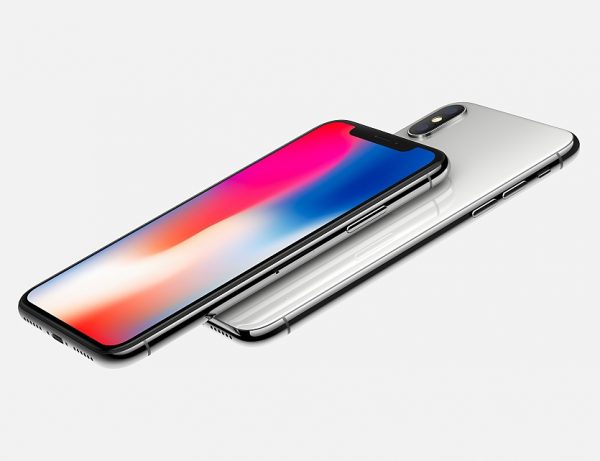Apple has named a number of reasons for its slump in current generation iPhone sales, from US trade tensions with China to its own battery replacement scheme. For many others however, it’s mainly caused by steeply priced iterative upgrades that don’t convert well to international markets. Fortunately, Apple seems to be wising up to this, having re-evaluated local prices outside of the United States.
“As we’ve gotten into January and assessed the macroeconomic condition in some of those markets, we’ve decided to go back to more commensurate with what our local prices were a year ago in hopes of helping the sales in those areas,” explains CEO Tim Cook in an interview with Reuters. While Cook is certainly right in his tone that Apple needs to focus more on local pricing, the pricing disparity between nations has been present for much longer than the past year.
Although the problem didn’t begin with 2017’s iPhone X, being one of the first smartphones to cost $999 directly in the US market makes it a prime candidate to look at. Bumping up from the base 64GB model to the 256GB would have set customers back a hefty $1,149. Of course, these prices were without VAT which varies considerably in the US as it is dependent on the State the device is bought in. In the UK market, US pricing converted to £999 and £1,149 respectively, including VAT.
Explaining this is going to require a little bit of mathematics, subtracting the standard 20% VAT in the UK and taking into account the GBP-to-USD conversion within that year. Without VAT, the UK 64GB iPhone X cost £832.50, while the 256GB version sat at £957.50. Considering the conversion rate at the time of release was £1 to $1.3067, this places the UK versions at approximately $89 and $102 more expensive than their US counterparts.
This disproportion was significantly worse in other European markets. Apple released the iPhone XS range at the end of 2018 using an identical model and pricing, resulting in similar or sometimes even worse differences depending on currency strength compared to the US dollar at the time. Cook's solution to look at local prices from just one year ago wouldn't see any difference in the UK market, and would perhaps have a marginal impact on specific EU markets.
Cook addressing the issue is a major step forward for a company that has largely been ignorant towards its international user base when it comes to launch prices, but there’s still much more to be done.
KitGuru Says: It was necessary to remove Value Added Tax, as this is dependent on each government entity rather than Apple itself. Still, Apple could do with better market research when launching its premium devices internationally. How do you feel about the prices of iPhones in current years?
 KitGuru KitGuru.net – Tech News | Hardware News | Hardware Reviews | IOS | Mobile | Gaming | Graphics Cards
KitGuru KitGuru.net – Tech News | Hardware News | Hardware Reviews | IOS | Mobile | Gaming | Graphics Cards



